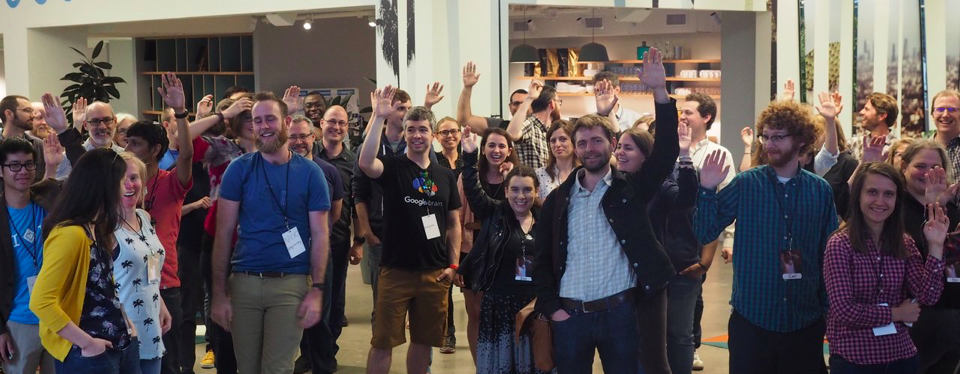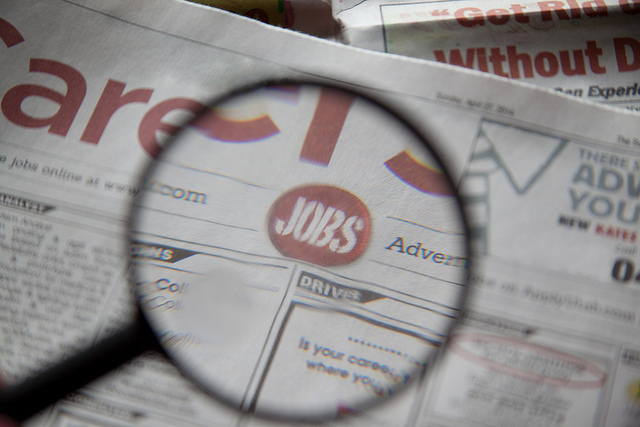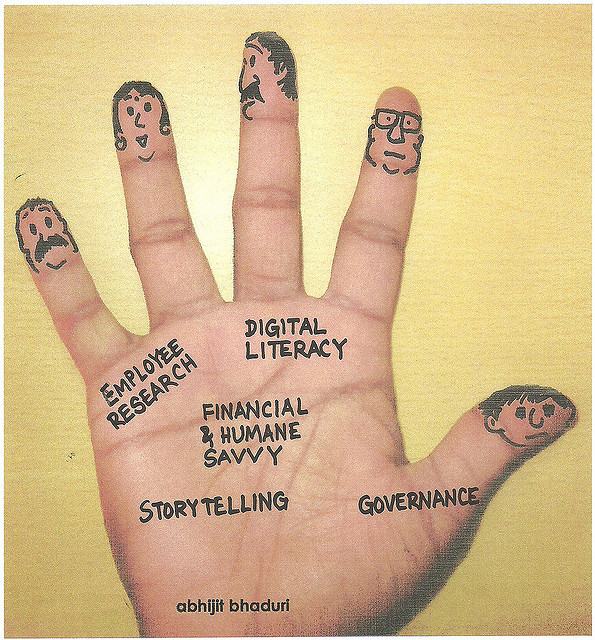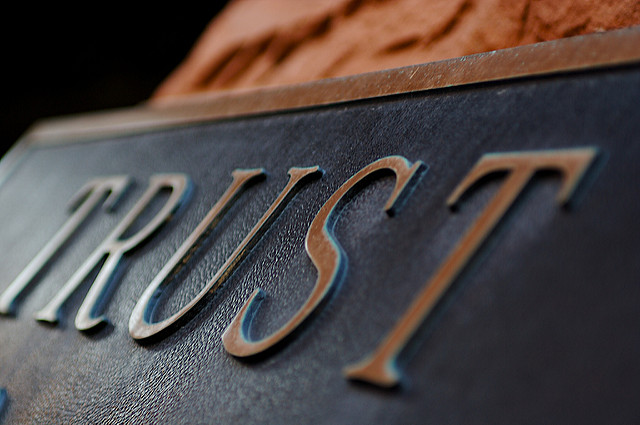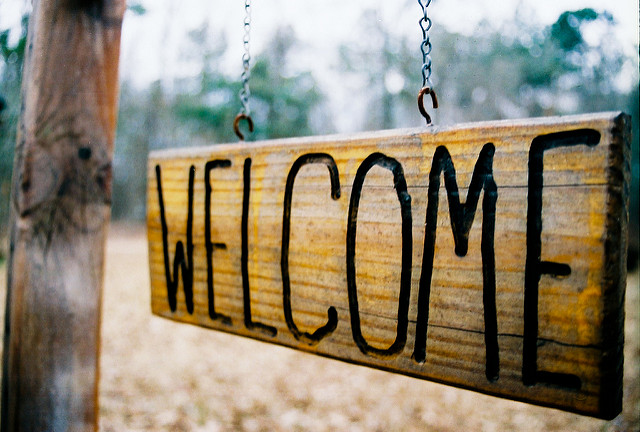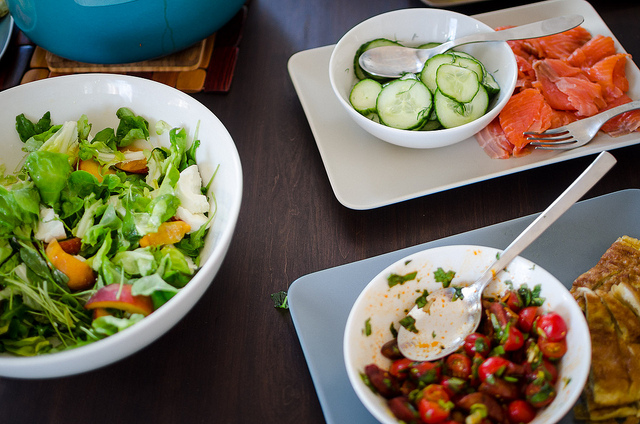We’re now mid-way through the first year of the AAAS Community Engagement Fellows Program (CEFP), funded by the Alfred P. Sloan Foundation. The first cohort of Fellows is made up of 17 scientific community managers working with a diverse range of scientific communities. As they continue to develop their community engagement skills and apply some of the ideas and strategies from their training, the Fellows will report back on the Trellis blog, sharing their challenges, discoveries, and insights. Today, in part one of a collaborative two part series, Fellow Rosanna Volchok shares her thoughts on the similarities between community engagement and community organizing, as well as the importance of recognizing leadership skills in community managers.
Posted by Rosanna Volchok, Manager, Network Engagement at the New York Academy of Sciences
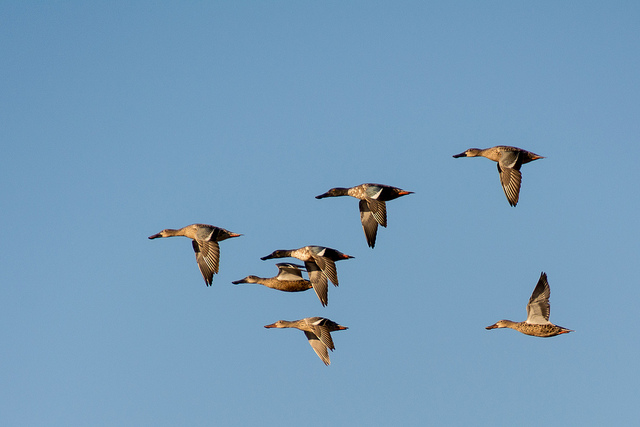
When one thinks about fast-paced work, community engagement may not be the first thing that comes to mind. But ask the Fellows in the CEF Program and I am certain that many (if not most) would agree that effective community managers must be both agile and adaptable to change. The beauty, then, of the CEFP is that it provides those of us working in scientific community engagement with the space and time to reflect upon our roles. These meditations, in turn, allow us to define what it is that makes our work both unique and important to the communities we represent. In reflecting on my own role, I keep coming back to this idea that community management can be viewed–and perhaps should be viewed–as another model of community organizing. Blame my background in public service and advocacy, but I’m inclined to think that us Fellows are all community organizers no matter the title listed on our business cards.
That said, if we want to make the distinction between community management and community organizing (and many do), drawing parallels between these two fields has helped me to understand the critical role that leadership plays in my day-to-day work. Cultivating the art and skill of leadership is essential to mobilizing one’s community to action.
Continue reading “Leadership: The Art and Skill of Mobilizing One’s Community to Action”
